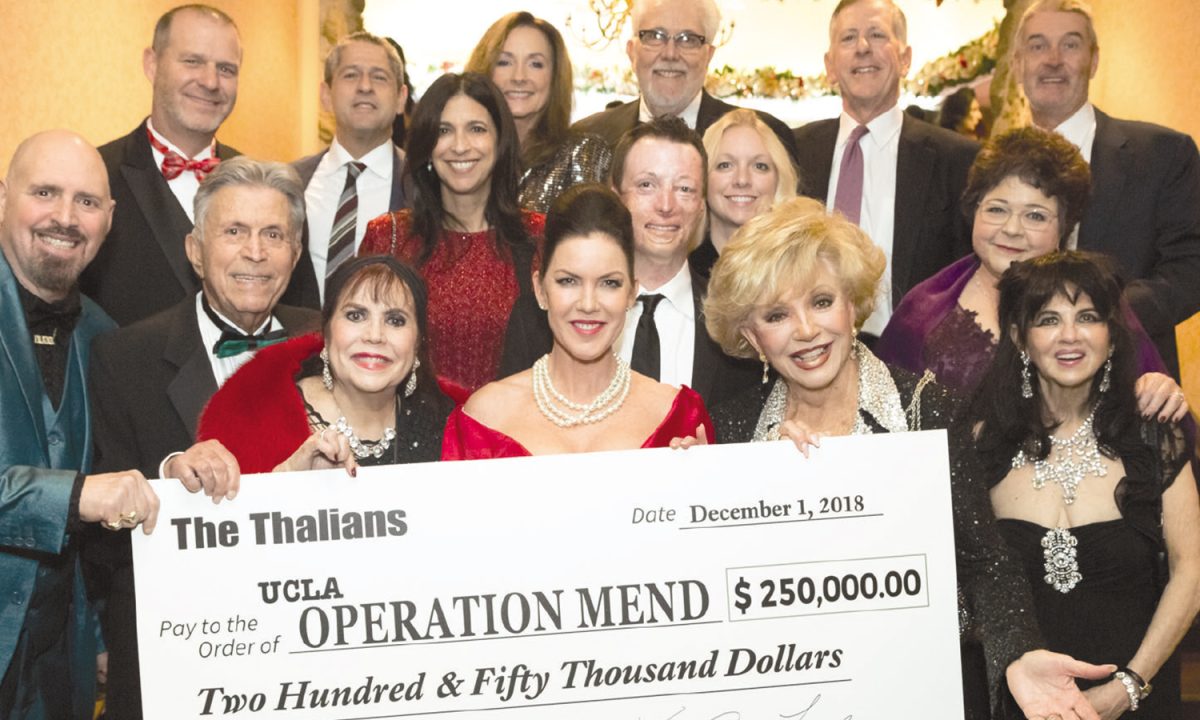Exclusive to The Courier
In a stunning setback to the Metropolitan Transit Authority, the independent experts retained by the Beverly Hills City Council, Exponent Failure Analysis Associates, report in their assessment to be released today that MTA’s study for the Westside Subway Extension fails to consider the risks of the project properly, employs a simplistic methodology inadequate for the purpose, fails to consider methane risks at the Constellation location as opposed to the Santa Monica Boulevard location, gives inadequate data to recommend either site, fails to consider the impact on existing homes and buildings, states that no tunneling can be conducted with students present at Beverly High due to safety concerns, and concludes MTA’s claims of safety based on other operations in the Los Angeles Basin cannot be supported due to inadequate data.
As for the Constellation location itself, Exponent Failure Analysis Associates reports this location to suffer from methane gas problems and leakage to the surface which were not considered at all. Exponent further reports that post-construction operational safety issues were never considered and that inadequate provision was made for existing old wildcat oil wells on the Beverly High property. The report further warns of potential damage to existing high school buildings, homes, and water mains which was neither considered nor addressed adequately in the MTA studies.
These are excerpts from the 70-page report:
While the Century City Area Fault Investigation Report outlines many of the hazards associated with the tunneling project, such as fault rupture, gas explosion and ground settlement, Exponents overarching opinion is that neither report demonstrates the presented findings as based on rigorous risk assessment(s) on these subjects. Specifically, no attempt is made to quantify or even qualitatively assess the potential risks from these scenarios. No quantitative nor qualitative risk assessments have been presented to either a) estimate the likelihood of such events or b) characterize the potential severity of such events to the public.
. . . It is Exponents view that the alternative Constellation Boulevard station, while generally in a more favorable location with regards to faulting issues, is instead faced with potential methane gas hazards which could represent at least as great a hazard to the public as the faulting hazards associated with the Santa Monica Boulevard station. In the absence of a quantitative risk assessment, the choice between the stations is more likely to be made on the basis of risk perception rather than risk quantification. Additional steps can and should be performed at both station locations to better quantify the seismic and gas hazards at these locations . . .
The proposed tunneling project has been characterized as having a low probability of causing disturbance to overlying structures based on the application of a simplified methodology for assessing such hazards and optimistic assessments of tunneling proficiency using pressure-face tunnel boring machines (TBMs). Frequent reference is made to previous favorable experience in the Los Angeles Basin using such devices. Such references, however, have little meaning in the absence of detailed data from the earlier projects.
Even if the actual ground disturbances turn out to be as low as anticipated, the subway tunnels are projected to extend beneath older neighborhoods that are underlain by old, fragile water lines that could experience damage as a result of even minor soil disturbances. Special precautions will be needed to safeguard these lines from damage during construction. Gas hazards will not be insignificant for the proposed project. Most of the narrative in the reports focuses on gas hazards within the tunnel segments during construction. Almost no attention is paid to the potential for gas releases to the surface as a result of tunneling activities or to the future safe operation of the Constellation station, which would extend into geological deposits that have been closely associated with gas hazards at other locations in the Los Angeles Basin.
Substantial shortcomings exist in the efforts carried out to date to locate early wildcat wells along the proposed subway alignments, especially in the vicinity of BHHS. The reports are mute regarding the potential surficial hazards of encountering well casings during drilling or the ramifications of having to stop drilling and remove a casing while the TBM is parked beneath a sensitive structure. It is Exponents opinion that unknown factors such as these will preclude tunneling beneath the high school while in session.
With regards to future construction of deep foundations in the vicinity of subway tunnels, the reports are somewhat vague and address only the concerns raised by BHHS. Other stakeholders along the route may also anticipate future construction activities that could be potentially impacted by the presence of underlying subway tunnels.
MTA obtained the consent of Beverly Hills in 2006 to dig its Westside Subway Extension through the City routing under Wilshire Boulevard continuing under Santa Monica Boulevard. In October 2010, MTA suddenly switched its plan by placing the tunnel under Beverly High in order to benefit Century City developers. MTA’s own ridership studies showed that the original route with a station on Santa Monica Boulevard was preferable. The MTA seismic study, if accurate, shows some earthquake faulting from thousands of years ago that might impact the Santa Monica location. MTA has used that report to argue that it must tunnel under Beverly High. The MTA study also purported to show faulting under Beverly High. To date, the actual trenching reveals no such faulting. The Beverly Hills Unified School District Board of Education is opposing the tunnel under Beverly High. MTA’s board is expected to vote on a final EIR toward the end of next month.
The study supports the conclusions and positions of the BHUSD’s Board of Education, its experts and attorneys in opposing MTA’s plans for a tunnel under Beverly High. It is not known whether reform City Council members John Mirisch and Lili Bosse will now be able to obtain a third vote on the council from Mayor Barry Brucker, Vice Mayor Willie Brien, M.D., or Councilmember Julian Gold, M.D., to defend Beverly High from the MTA’s plans.
The Courier obtained these excerpts from City staff on the basis they would not be identified. The Courier submitted its California Public Records Act demand to obtain a copy of the complete final report.






